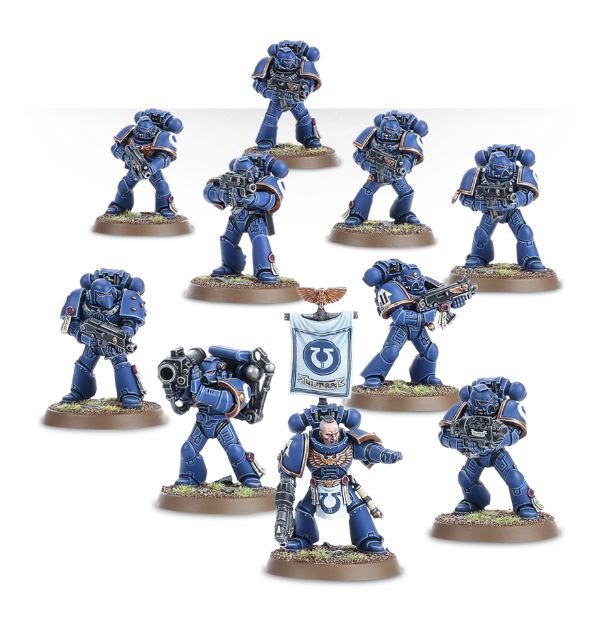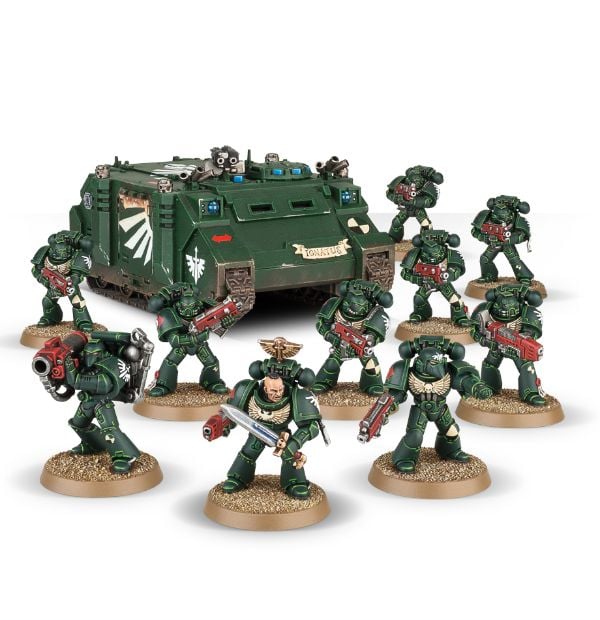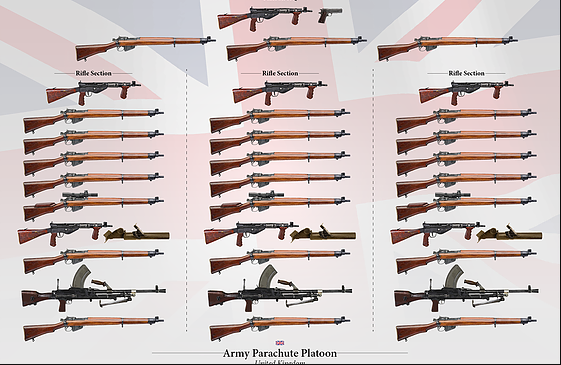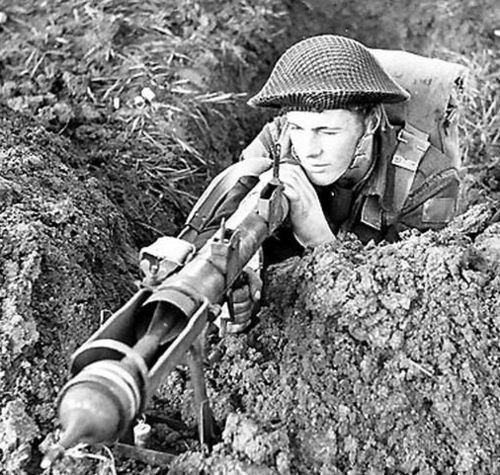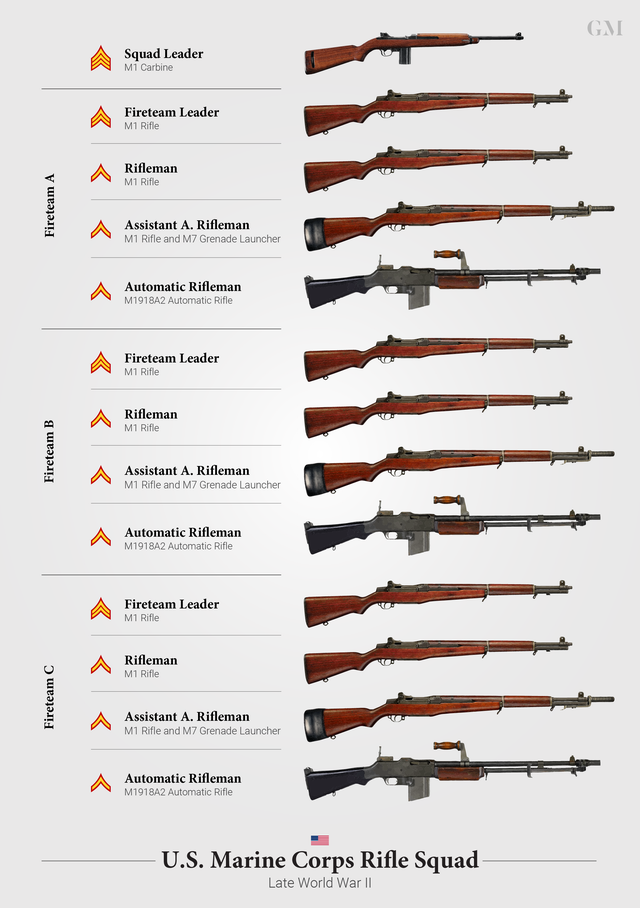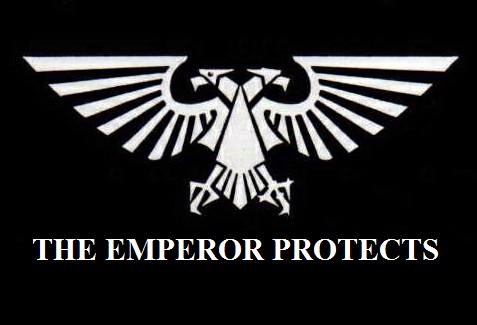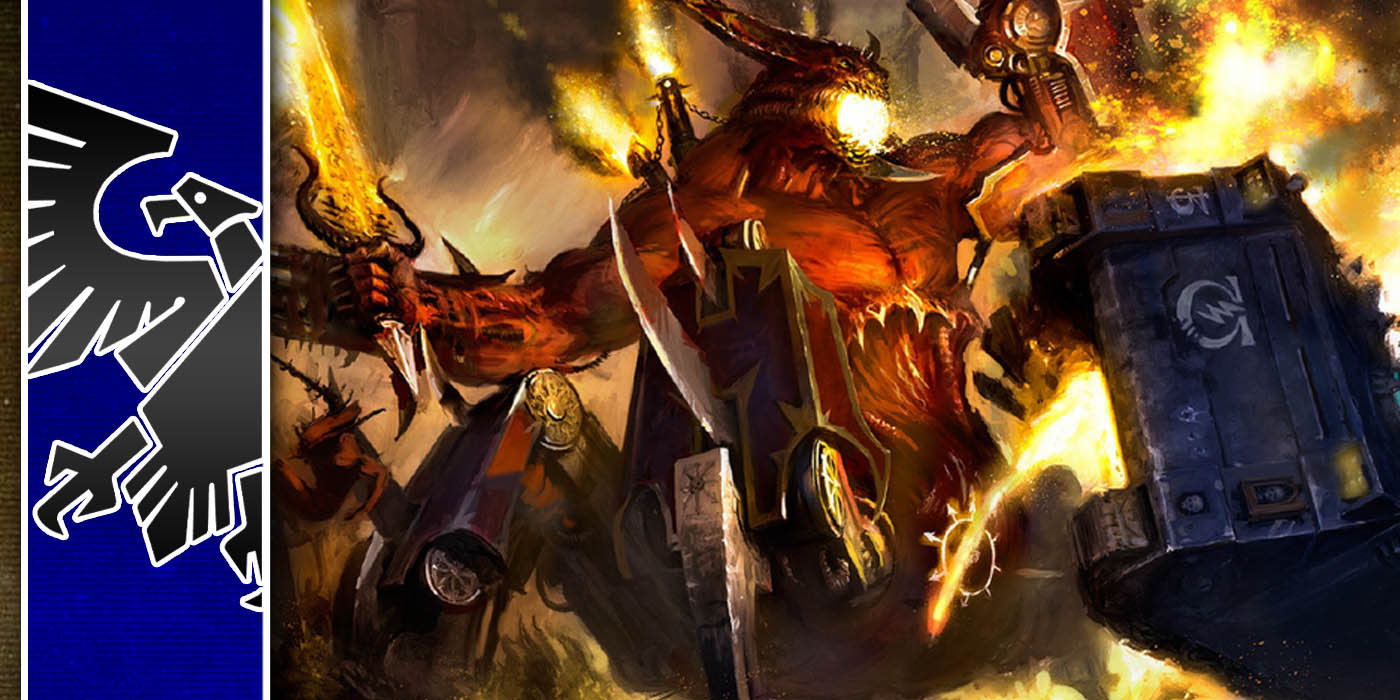Warhammer 40K: The WWII Origin Of Space Marine Squad Organization
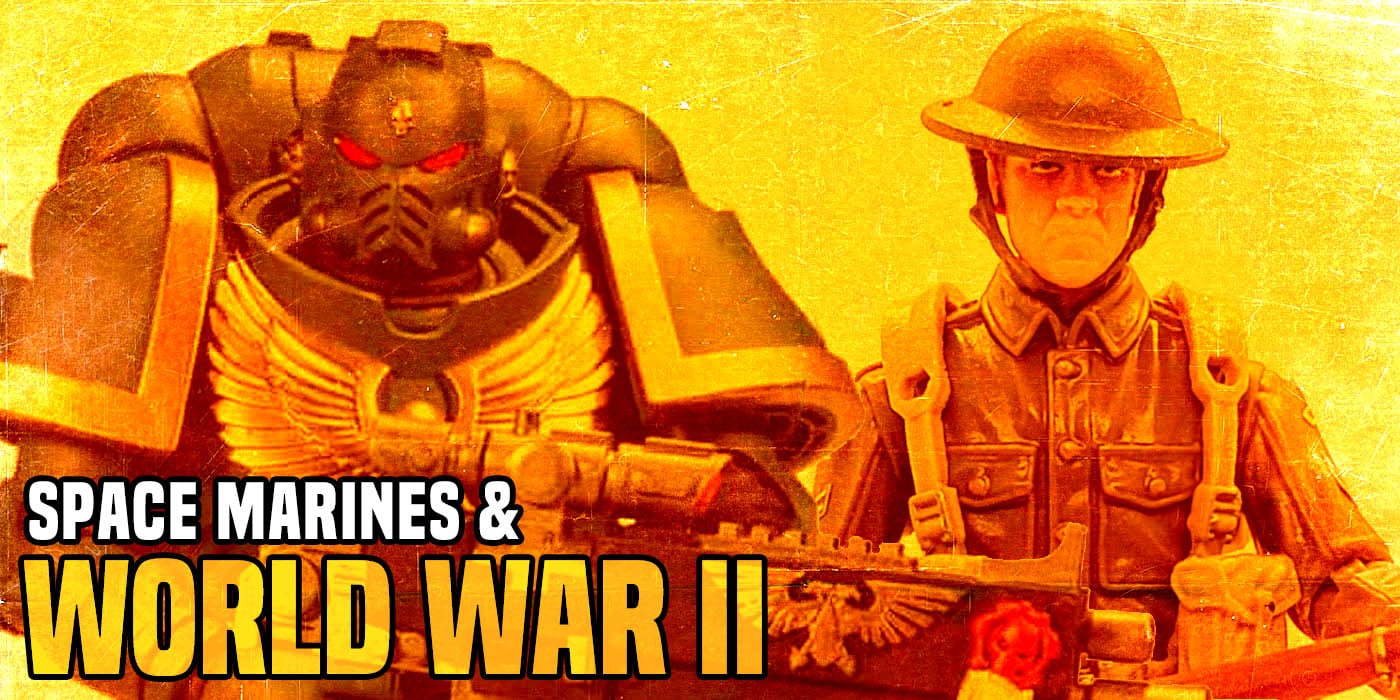

Warhammer 40K has drawn on plenty of real world things for inspiration, let’s look at the WWII origin of Space Marines.
Space Marines are a huge part of Warhammer 40K, perhaps at this point the largest part. They are an iconic army, the poster boys for the game, and an army that has transcended the game and reached into popular media. A while back we took a look at how the Marine Chapter is based on real world units, most notably the British Battalion of the Napoleonic War Era. This however is not the only real world inspiration of Marines, for even their basic Squads have real world ties. In the past the humble Tactical Squad was the most common site, and it remains the most iconic Marine unit. It’s a unit that has some surprising real world origins. Let’s take a look.
The Classic Squad
At the heart of the Classic Marine way of fighting is the Tactical Squad, this formation is the most basic and classic way that Marines fight. It is not only the cornerstone of a Classic Chapter, and the most numerous part of it, the formation from which most others are extrapolated. The basic tactical squad is a reasonably simple formation, One Sergeant and nine Marines.
One Marine is armed with a heavy weapon of some sort, while a second carries a lighter support (special) weapon. The sergeant may also have extra equipment, but the bulk of the troops are armed with a basic bolter. For transport, the squad normally uses a Rhino APC. The Rhino can carry the whole squad and provides them with both speed and protection. It does not significantly increase to the firepower of the squad, being armed generally with only one or two light support weapons, of a type that members of the squad might carry.
Thanks to it’s organizational flexibility a basic Tactical Squad is a unit able to carry out a large number of roles, from assault to anti-infantry to anti-armor if needed. It is a true- “Jack-of-all-trades” unit. As such, it is well suited for independent action, it can take on most targets without the need for support and is mostly self-sufficient. This largely matches the way Classic Marines where deployed, often as small broken up units, with missions often assigned to a single squad.
An individual squad can act on its own and fill many roles. On the flip side, it is locked into it’s “Jack-of-all-trades” role and can fundamentally change how it operates, only slightly shifting what role it is suited for best by taking different combinations of special and heavy weapons. Generally speaking, the combination of more Tactical Squads does not add anything new to the mix, only allowing the formation to do more of the same.
The Real World Source
The Tactical Squad is drawn directly from a real-world source. In this case, it is the makeup of WWII squads and specifically seems to draw from the organization of late war British Paratrooper squads. Indeed taking a look below, we can see how close they match.
Squad makeup and Weapons
The above graphic represents a platoon with three squads. Looking at the squads we can see a startling similarity between the British Squad and a Tactical Squad. The British Squad is made up of ten men and led by a Sergeant. He is often equipped with some non-standard weapon, such as a faster firing gun (like a Space Marine with a stormbolter). The squad also has one man with a light support weapon. In this case, a light mortar (officially this solider would have also been issued a pistol as a sidearm, but likely they carried a Sten Gun, again a light special weapon).
Another member of the squad carries a heavier weapon. In this case, a Bren LMG, though if needed, the company would dole out PIAT anti-tank weapons to squads. The bulk of the squad is armed with the same basic infantry weapon. Though the difference here is that one of the British soldiers would have had a sniper variant of the standard gun. We can see how this squad make up is almost an exact match to a Marine Tactical Squad.
Real Life “Combat Squads”
As well as being armed similarly the squads operate in similar ways. While they were deployed in ten-man squads, the British squad often split up to operate as two sections. A rifle group of seven and a gun group three. Likewise, Tactical Squads are well known for breaking up into two five mane combat squads. As they where a paratroop force, the British squads had to be able to work in an independent manner. They were not designed to fight all on their own for an extended time. But they did need to have tactical flexibility to overcome a large number of targets on their own and behind enemy lines. In this way, they mirror how Space Marines were often deployed and the needs of them.
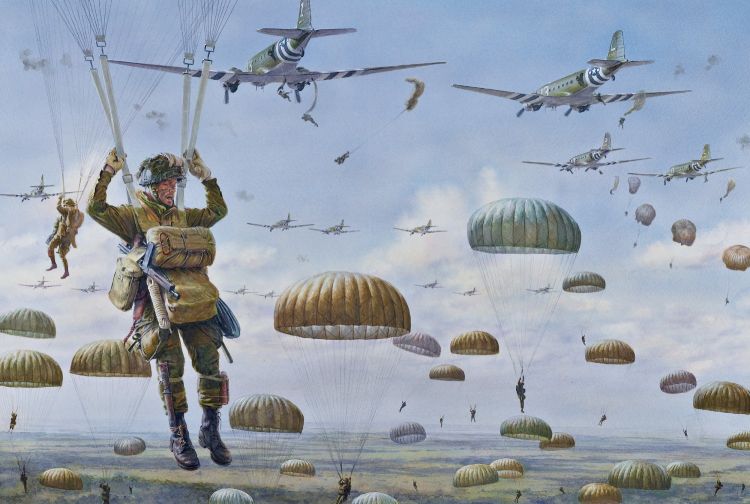
40K’s Unsurprising UK Bias
Interestingly the British Paratrooper squad seems to lie at the heart of a large part of 40K. It is an archetypal unit setup that not only Space Marine, but CSMs and Imperial Guard copied. Indeed the fact that the majority of 40K units are based around sizes of tens likely comes from British WWII squad sizes. Americans fielded twelve-man squads (Infantry) or thirteen (Marines) with rather different weapon load-outs. How different would 40K look if the designers had based everything off WWII American Marine Squads?
Of course, that 40K should be based on British WWII squads should come as no shock to anyone. The game, after all, was designed by the British and made by people with a background in historical wargaming. That they should draw from the arguably the two most famous British formation types, Napoleonic War Battalions, and WWII squads is a little surprise and makes a ton of sense.
Let us know what other real world things have influenced 40K, down in the comments!

